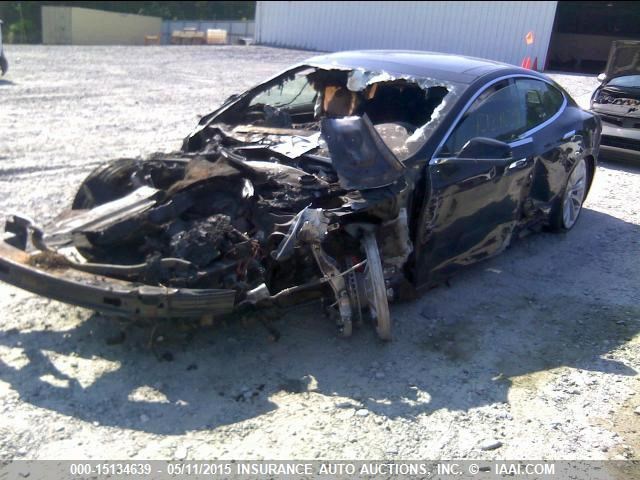This shouldn't be happening. I've driven a lot of old cars, some of which I owned and drove for well over 10 years, and lots of things have failed, but I've never had to replace a rotor accept for one case where the brake pad ran out and the rivets dug into the rotor. With the S, the rotors are huge, and the brakes don't get used much. It believe it should be possible for the original set of rotors on a Model S to last for millions of miles.
I would guess one of three things are happening in your case:
1) You are being overly picky about your rotors and there has been nothing wrong with them, but Tesla replaced them anyways due to your concern.
[TJ] Yep. Nope. I only mentioned it the first time after notable wheel shudder at 10,000 miles, and whenever it occurred since. See "we replace a lot of rotors" statement from the service advisor.
Again, this hasn't been a problem with at least 12 previous cars, including some heavy cars known for similar concerns. Just for grins, here's a description of one of them: FWD, 500ci engine, mid-70s vintage, iconic white convertible with red leather interior, and a 6-footer could fit in the back seat widthwise. Anyone? Anyone?
2) Your brake usage is so incredibly low (maybe possible with a careful driver that minimizes brake use and has creep turned off) that rust is sticking to the rotors for too long and unhappy rust happenings are going on. This is a bit of a guess as it's not a scenario I have any experience with. The easy fix for this would be just to make sure you actually press on your brakes from time to time, especially after rain or a car wash (both immediately after to help clear off the water and a few hours afterward or next day to clear the thin surface rust).
[TJ] Good idea, except it's happened whether they're noticeably rusty or not. That does add another variable - I do wash the car every two weeks - but I do brake after washing as well. And I had forgotten about creep - good point - it's never been off, tho. Maybe the salt air exacerbates the problem - will know more after inspecting other components when it's up in the air next week (see other threads about corrosion, galvanic and otherwise, over time).
3) There is something seriously wrong with something on your car. Maybe a bad brake caliper, but that only makes sense if you are just having a problem on one rotor.
[TJ]. Indeed. The most noticeable wear is right front, although one constant is there's been wear with both fronts and when I've asked, the rears, so that's at least twice.



